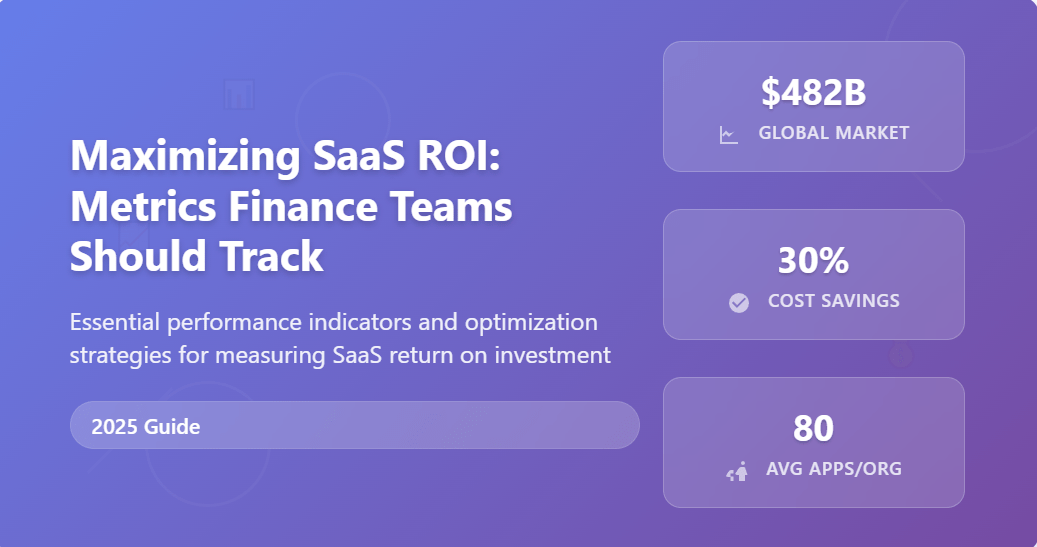
The Software as a Service (SaaS) landscape has fundamentally transformed how organizations acquire, deploy, and manage software solutions. As businesses increasingly rely on cloud-based applications to drive their operations, the need for sophisticated SaaS spend management and ROI measurement has become paramount. Finance teams now face the challenge of not just tracking costs, but optimizing the entire SaaS ecosystem to deliver maximum value.
The global SaaS market has experienced unprecedented growth, with spending reaching $482 billion in 2022 and projected to hit $601 billion by 2028, according to MarketsandMarkets. This explosive growth means organizations are using an average of 80 applications, making effective SaaS cost management and ROI tracking more critical than ever.
In this comprehensive guide, we’ll explore the essential metrics finance teams should track in 2025 to maximize SaaS ROI, optimize spending, and ensure their organizations get the most value from their software investments.
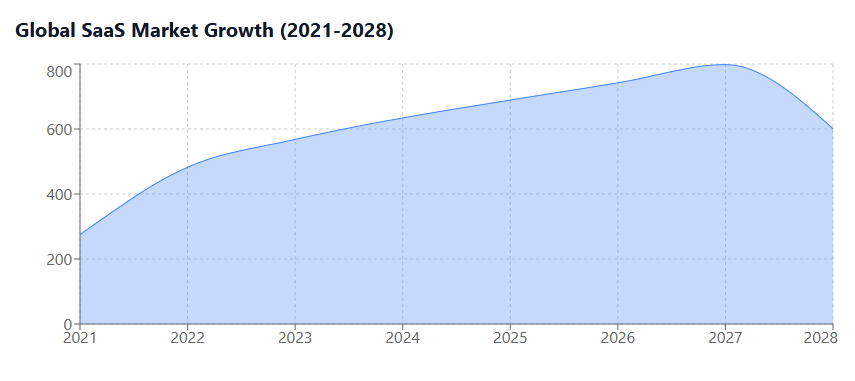
Understanding SaaS ROI in the Modern Business Context
Return on Investment (ROI) for SaaS applications extends beyond simple cost-benefit calculations. In the subscription-based model, ROI encompasses multiple dimensions including productivity gains, operational efficiency, scalability benefits, and reduced IT overhead. Unlike traditional software purchases, SaaS solutions offer continuous value delivery through automatic updates, enhanced security, and seamless accessibility.
The cloud-based distribution model enables organizations to access applications from anywhere with an internet connection, eliminating the need for on-premises infrastructure and associated maintenance costs. This fundamental shift requires finance teams to adopt new measurement approaches that capture both tangible and intangible benefits.
Modern SaaS ROI measurement must account for the subscription model’s unique characteristics: predictable costs, scalability flexibility, and the ability to adjust resources based on changing business needs. Organizations that master these measurements can make data-driven decisions about their SaaS portfolio, leading to significant cost savings and operational improvements.
Core SaaS ROI Metrics Every Finance Team Must Track

1. Customer Acquisition Cost (CAC) Payback Period
For SaaS vendors and organizations using customer-facing SaaS tools, tracking how quickly the investment in customer-facing software pays for itself is crucial. This metric helps finance teams understand the efficiency of their customer-facing SaaS stack and identify opportunities for optimization.
Calculate this by dividing the total cost of customer-facing SaaS tools by the revenue generated through improved customer acquisition. For internal SaaS tools, measure the time it takes for productivity gains to offset the subscription costs.
2. Cost Per User (CPU) and Utilization Rates
One of the most fundamental metrics for SaaS cost management is understanding the actual cost per user across different applications. This goes beyond simple license fees to include implementation, training, and support costs.
Track utilization rates to identify underused licenses and optimization opportunities. Many organizations discover they’re paying for 20-30% more licenses than they actually need, representing significant waste in their SaaS budget management.
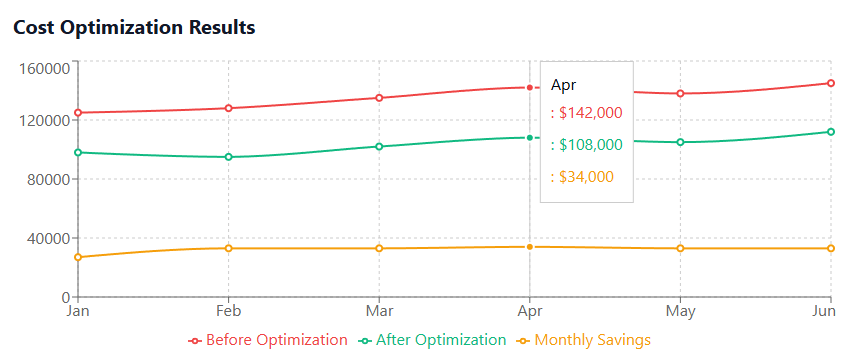
3. Software Subscription Efficiency Ratio
This metric compares the business value generated by a SaaS application against its total cost of ownership. Calculate it by dividing the quantifiable business benefits (increased revenue, cost savings, productivity gains) by the total annual cost of the subscription, including hidden costs like training and integration.
A ratio above 3:1 typically indicates good SaaS ROI, while ratios below 2:1 suggest the need for optimization or alternative evaluation.
4. License Utilization and Optimization Metrics
Track active users versus licensed users for each application to identify optimization opportunities. Best SaaS management tools for startups and enterprises alike should monitor login frequency, feature usage, and user engagement to ensure they’re rightsizing their subscriptions.
Consider implementing automated tracking to monitor:
- Daily active users (DAU) and monthly active users (MAU)
- Feature adoption rates
- User onboarding completion rates
- Time to value for new users
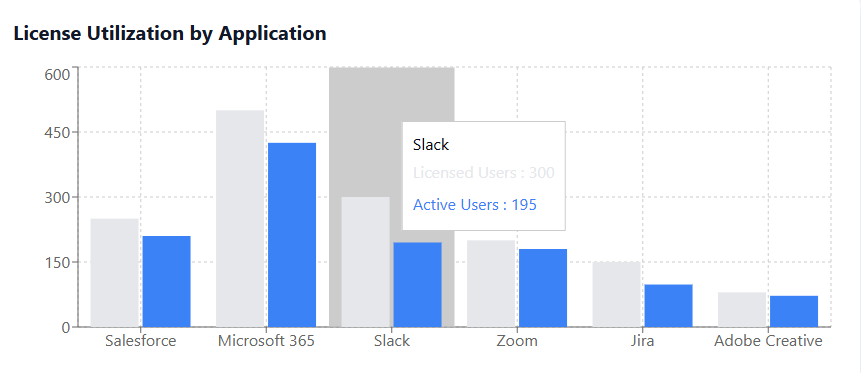
5. Renewal and Churn Rates
Monitor renewal rates for each SaaS application to identify which tools deliver consistent value. High renewal rates typically indicate strong ROI, while declining renewals may signal the need for alternatives or better change management.
Track churn at both the application level (discontinued subscriptions) and user level (reduced licenses) to understand usage patterns and cost optimization opportunities.
6. Integration and Automation ROI
Measure the return on investment for SaaS integrations and automation tools. Calculate time savings from automated workflows, reduced manual errors, and improved data accuracy. These benefits often represent significant hidden ROI that traditional measurements miss.
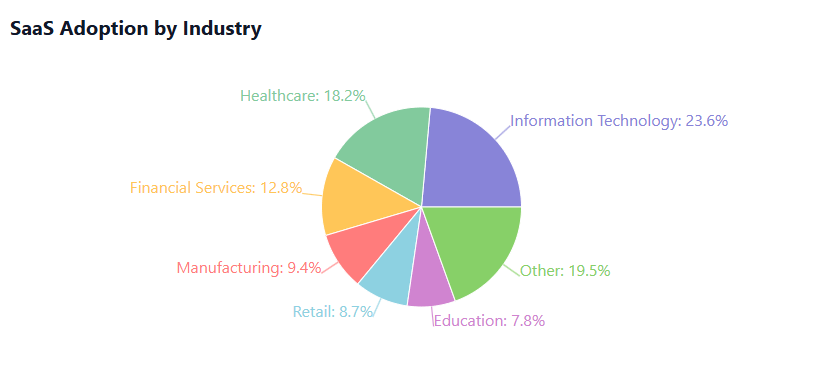
Advanced SaaS Financial Metrics for 2025
Time to Value (TTV) Metrics
Track how quickly users achieve meaningful outcomes from new SaaS applications. Faster TTV typically correlates with higher ROI and better user adoption. Measure TTV through:
- User onboarding completion time
- First meaningful action completion
- Achievement of defined success milestones
- User proficiency development
Security and Compliance ROI
With increasing security threats and regulatory requirements, measure the ROI of security-focused SaaS tools through:
- Reduction in security incidents
- Compliance audit preparation time savings
- Risk mitigation value
- Avoided costs from potential breaches
Data-Driven Decision Making Metrics
Track how SaaS analytics and business intelligence tools improve decision-making speed and accuracy. Measure:
- Time reduction in report generation
- Improved forecast accuracy
- Faster strategic decision implementation
- Enhanced operational visibility
Implementation Strategies for SaaS ROI Tracking
1. Centralized SaaS Management Platform
Implement a comprehensive SaaS management platform that provides unified visibility across all applications. This centralization enables accurate ROI calculation by consolidating data from multiple sources and providing standardized metrics.
Modern SaaS management tools offer features like automated discovery, usage analytics, cost allocation, and renewal management that are essential for accurate ROI measurement.
2. Automated Data Collection and Analysis
Deploy automated systems to collect usage data, cost information, and business outcomes. Manual tracking is prone to errors and doesn’t scale with growing SaaS portfolios. Automation ensures consistent, accurate data collection that enables reliable ROI calculations.
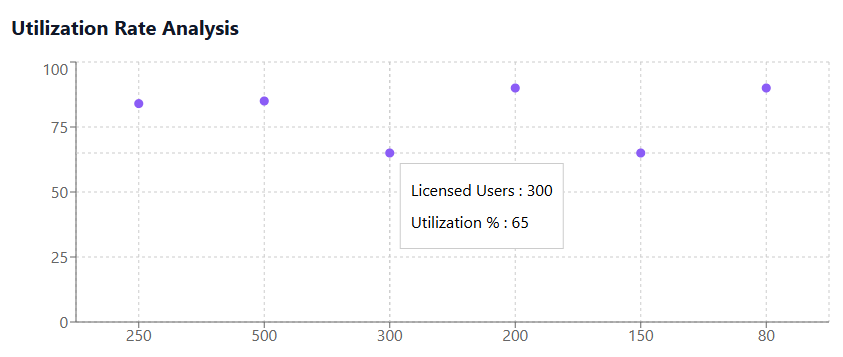
3. Cross-Functional Collaboration
Establish collaboration between finance, IT, and business teams to ensure comprehensive ROI measurement. Different stakeholders bring unique perspectives on value creation and cost optimization opportunities.
Create regular review cycles where teams assess SaaS performance, identify optimization opportunities, and make data-driven decisions about renewals and new acquisitions.
4. Benchmarking and Industry Comparisons
Establish industry benchmarks for SaaS spending and ROI metrics. Understanding how your organization compares to peers helps identify optimization opportunities and justify investments in high-performing applications.
Common SaaS ROI Measurement Challenges and Solutions
Challenge 1: Hidden Costs and Complex Pricing
Many organizations underestimate the total cost of SaaS ownership by overlooking implementation, training, integration, and support costs. These hidden expenses can significantly impact ROI calculations.
Solution: Implement comprehensive cost tracking that includes all associated expenses, not just subscription fees. Track implementation time, training hours, support tickets, and integration costs to get accurate ROI measurements.
Challenge 2: Attributing Business Value
Connecting SaaS investments to specific business outcomes can be challenging, especially for support functions like HR or IT tools.
Solution: Establish clear success metrics before implementation and track both leading and lagging indicators. Use surveys, productivity measurements, and business outcome tracking to quantify value creation.
Challenge 3: Overlapping Functionality
Organizations often discover they’re paying for similar functionality across multiple applications, reducing overall ROI.
Solution: Conduct regular SaaS stack audits to identify overlapping features and consolidation opportunities. Map functionality across applications to eliminate redundancy and optimize spending.
Best Practices for SaaS Spending Optimization
Implement Regular SaaS Audits
Conduct quarterly reviews of your SaaS portfolio to identify unused licenses, redundant applications, and optimization opportunities. These audits should evaluate both cost and value delivery to ensure optimal ROI.
Regular audits help organizations discover shadow IT, eliminate waste, and negotiate better terms during renewals. Many companies find they can reduce SaaS spending by 20-30% through systematic auditing.
Negotiate Strategic Vendor Relationships
Move beyond transactional vendor relationships to strategic partnerships. Work with key SaaS providers to optimize pricing, improve implementation success, and maximize value delivery.
Consider multi-year agreements for core applications to secure better pricing while ensuring vendor commitment to your success. However, balance this with flexibility needs in your rapidly evolving business environment.
Implement Governance Policies
Establish clear policies for SaaS procurement, usage monitoring, and lifecycle management. These policies should address:
- Approval processes for new applications
- Usage monitoring and optimization requirements
- Security and compliance standards
- Renewal evaluation criteria
Leverage Analytics and Reporting
Use advanced analytics to understand usage patterns, predict future needs, and identify optimization opportunities. Modern SaaS management platforms provide sophisticated analytics that can reveal insights not visible through traditional reporting.
Emerging Trends Impacting SaaS ROI in 2025
Artificial Intelligence Integration
AI-powered SaaS applications are delivering unprecedented value through automation, personalization, and predictive capabilities. However, measuring AI ROI requires new metrics that capture the value of improved decision-making, automated processes, and enhanced customer experiences.
Track AI-specific metrics like automation rates, prediction accuracy, and decision support effectiveness to understand the true ROI of AI-enhanced SaaS applications.
Vertical-Specific Solutions
Industry-specific SaaS solutions often deliver higher ROI than generic alternatives because they address unique business requirements more effectively. However, they may come with higher costs and integration challenges.
Measure the ROI of vertical solutions by comparing the value of industry-specific features against the premium pricing and implementation complexity.
Edge Computing Impact
Edge computing is beginning to impact SaaS delivery by reducing latency and improving performance for certain applications. This can significantly impact ROI for real-time applications and IoT-connected services.
Integration Ecosystem Value
The value of SaaS applications increasingly depends on their ability to integrate with other tools in your stack. Measure integration ROI through improved data flow, reduced manual work, and enhanced workflow efficiency.
Tools and Technologies for SaaS ROI Measurement
Comprehensive SaaS Management Platforms
Modern SaaS management platforms like Binadox provide unified visibility across your entire software portfolio. These tools offer features essential for accurate ROI measurement:
- Automated application discovery and inventory management
- Usage analytics and user behavior tracking
- Cost allocation and budget management
- Renewal calendar and contract management
- Integration monitoring and optimization recommendations
The platform aggregates data from multiple sources, providing comprehensive insights into both costs and value delivery that enable accurate ROI calculations.
Business Intelligence and Analytics Tools
Leverage BI tools to create custom dashboards and reports that track SaaS ROI metrics relevant to your organization. These tools can integrate data from multiple sources to provide comprehensive ROI views.
Financial Management Integration
Integrate SaaS management with your existing financial systems to ensure accurate cost allocation and ROI calculation. This integration enables better budgeting, forecasting, and financial planning for your SaaS investments.
Future-Proofing Your SaaS ROI Strategy
Embrace Predictive Analytics
Use predictive analytics to forecast future SaaS needs, identify potential optimization opportunities, and plan for scaling requirements. This proactive approach helps maintain optimal ROI as your organization grows.
Develop Organizational Capabilities
Invest in developing internal capabilities for SaaS management and ROI measurement. This includes training finance teams on SaaS-specific metrics, developing analytical skills, and creating cross-functional collaboration processes.
Stay Informed on Industry Trends
Keep up with evolving SaaS pricing models, new measurement techniques, and industry best practices. The SaaS landscape evolves rapidly, and measurement approaches must evolve accordingly.
Plan for Scalability
Design your ROI measurement systems to scale with your organization’s growth. Consider how your measurement approach will handle increased complexity, more applications, and evolving business requirements.
Conclusion
Maximizing SaaS ROI in 2025 requires sophisticated measurement approaches that go beyond traditional cost-benefit calculations. Finance teams must track a comprehensive set of metrics that capture both tangible and intangible value while accounting for the unique characteristics of subscription-based software.
The key to success lies in implementing systematic approaches to data collection, analysis, and optimization. Organizations that master SaaS ROI measurement can make data-driven decisions that optimize their software investments, reduce costs, and drive business value.
By tracking the metrics outlined in this guide and implementing the recommended strategies, finance teams can ensure their organizations maximize the value of their SaaS investments while maintaining cost efficiency. The future belongs to organizations that can effectively measure and optimize their SaaS portfolios, turning software expenses into strategic investments that drive competitive advantage.
As the SaaS ecosystem continues to evolve with AI integration, vertical specialization, and edge computing capabilities, organizations with strong ROI measurement capabilities will be best positioned to capitalize on new opportunities while managing costs effectively. The investment in sophisticated SaaS ROI measurement is not just about cost control – it’s about enabling data-driven decisions that drive business growth and competitive advantage in the digital economy.

